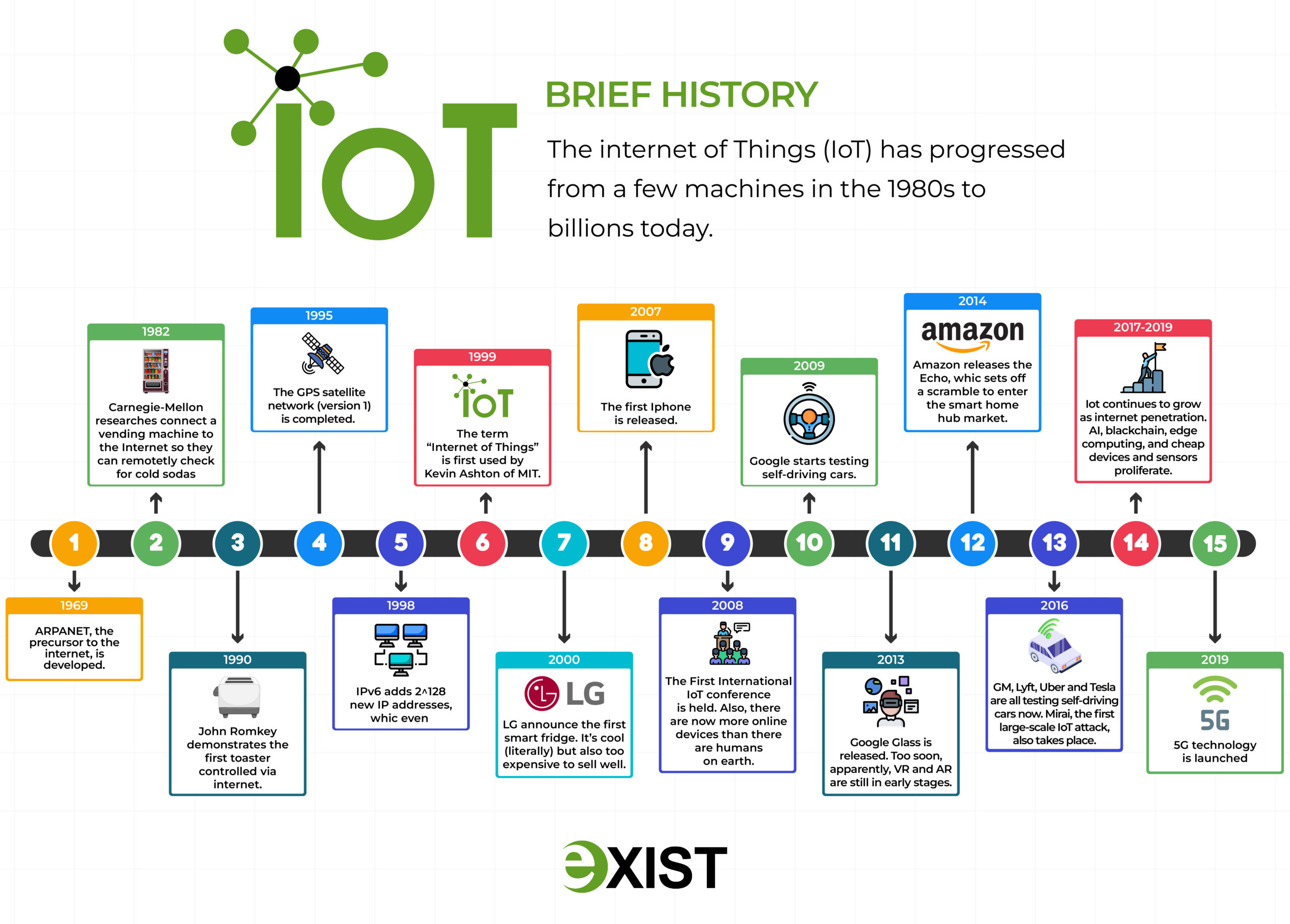New BIR Ruling
Wholesale Electricity Spot Market(WESM), managed and governed by Independent Market Operator (IEMOP) is an electricity market established by the Department of Energy (DOE) under the Republic Act (RA) No. 9136, otherwise known as the “Electric Power Industry Reform Act of 2001”, or EPIRA Law.
WESM aims to create a competitive, efficient, transparent, and dependable electricity market, which is a place where offers, demand, price bids, quantities, and other energy transactions take place.
According to the EPIRA Law, “The cost of administering and operating the wholesale spot market shall be recovered by the market operator through a charge imposed to all market members: Provided, that such charge shall be filed with and approved by the ERC.”
The law requires the Market Operator (MO), in this case, IEMOP, to recoup its costs for administering and managing the market, based on the fact that the MO has no other source of funding to function other than the charges imposed on its members.
In accordance with EPIRA Law and WESM Rules, the EIMOP, as the MO, may charge its members market costs such as Registration Fees, Metering Fees, Billing and Settlement Fees, Administration Fees, Costs reasonably incurred by the Board and Committees, and other working groups, and Other Service Fees.
Upgrade your system in accordance with the NEW BIR RULING Today!
According to BIR RULING OT-323-2021, Page 11 No.5, “The Customer/Buyer shall be the withholding tax agent for energy sold and paid through the WESM, while both the Customer/Buyer and Generator/Seller Shall be the withholding tax agents for the Market Fees collected by IEMOP.”
With that said, all the WESM participants – Generation companies, Distributors, Renewable Energy (RE) Developers, customers, system operators, network service providers, ancillary services providers, and metering services are now subject to BIR tax withheld from any transactions made within the WESM.
So, why shouldn’t you worry about the new BIR Ruling?
It’s the power of technology! These processes can all be automated. Knowing its importance to your day-to-day activities, let us worry about how we can support you.
We will assist you in upgrading your system to comply with the New BIR ruling. Adjust your system and automate complex computations and other procedures needed in compliance with the regulation!
Exist Software Labs has extensive experience as an IEMOP and PEMC technology partner for 3 years, and we guarantee we have your back in revolutionizing your system with our Power System Solutions!
Empower your system today!
Learn how to fully automate your processes to create a more competitive, transparent, and efficient system with our Power System Solutions!
Take your power system to the next level!




 1. Intelligent Grid
1. Intelligent Grid













